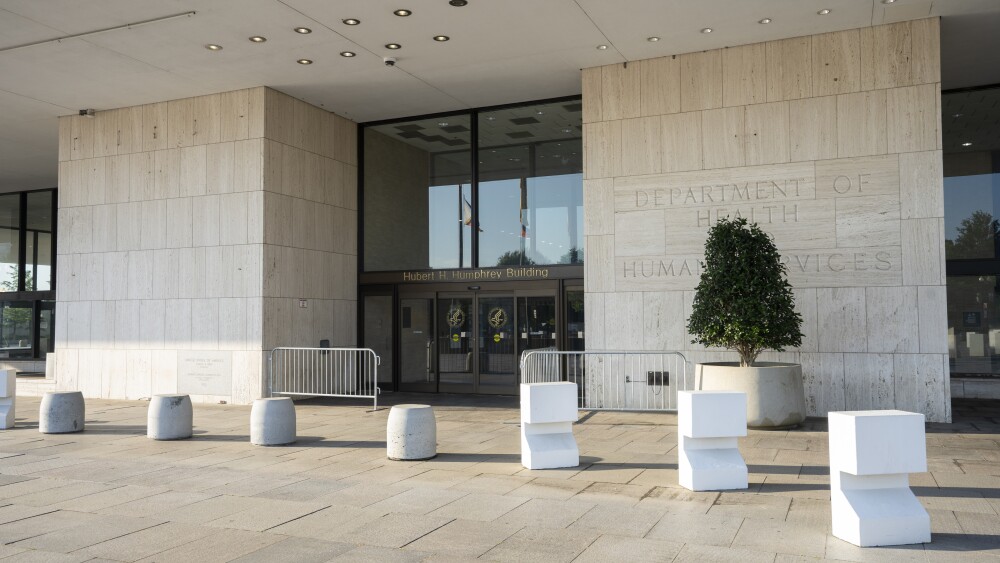Taking center stage at the American Society of Gene and Cell Therapy meeting was the first-ever reported case of a personalized in vivo CRISPR editing therapy, which substantially eased the symptom burden in an infant.
Over the weekend, the American Society of Gene and Cell Therapy held its annual meeting in New Orleans, hosting some of the space’s most cutting-edge research and spotlighting clinical findings that could have far-reaching implications on medical practice.
BioSpace highlights some notable presentations here.
A World First: Personalized CRISPR Therapy
Arguably the biggest news out of ASGCT was the infant that has been treated with a “customized” base-editing therapy, which greatly eased the burden of the infant’s ultra-rare disease.
The case, also published in the New England Journal of Medicine, focused on a male infant who presented with lethargy and respiratory distress within 48 hours of birth. He would eventually be diagnosed with severe carbamoyl-phosphate synthetase 1 (CSP-1) deficiency, a rare disease involving the toxic build-up of nitrogen in the body. Approximately half of babies diagnosed with the condition die “in early infancy,” according to the paper.
However, after two infusions of a customized CRISPR-based gene editing therapy at 7 and 8 months of age, the patient was able to gradually increase dietary protein intake, which would otherwise have to be strongly restricted in patients with CSP-1 deficiency. Median blood ammonia levels dropped and doctors were also able to scale back nitrogen-scavenging medication.
There were no severe safety concerns, according to the researchers, though they did detect “transient” elevations in liver enzymes as well as two viral infections within 4 weeks after the second dose.
Rocket Shares ‘Encouraging’ Data for Cardiomyopathy Gene Therapy
On Thursday, Rocket Pharmaceuticals revealed that its investigational gene therapy RP-A601 normalized right ventricle systolic function in patients with plakophilin-2 related arrhythmogenic cardiomyopathy. RP-A601 also suppressed or completely stabilized off-beat contractions of the ventricles.
Aside from these clinical improvements, patients treated with RP-A601 likewise showed significantly better quality of life and functional performance.
In a note to investors on Friday, BMO Capital Markets analysts called these findings “encouraging,” adding that they suggest “strong gene expression” alongside improvements in functional endpoints. On safety, the analysts noted that one patient developed a serious adverse event—Rocket did not specify what this toxicity was, revealing only that it “resolved without clinical sequelae within two months post-treatment”—though this safety signal is likely to be linked to immunomodulator use, according to BMO.
While the serious safety event “can raise investor questions,” BMO argued that “the overall benefit/risk profile remains favorable given lack of approved disease-modifying treatments” in this space.
Sarepta Provides More Cardio Color for Elevidys
One of the most talked-about names at the ASGCT meeting was Elevidys, Sarepta Therapeutics’ gene therapy for Duchenne muscular dystrophy. After all, the biologic was rocked by a patient death in March—a development that caused the biotech’s shares to crater by 22%.
Sarepta sought to shore up confidence in Elevidys at ASGCT, presenting consolidated cardiovascular outcomes from four studies totaling 218 patients. Results showed that cardiac troponin levels, a marker of heart damage, fluctuated following treatment, though these were largely asymptomatic. Cardiac MRI analyses also showed that Elevidys did not result in meaningful left ventricular changes.
The study also found two cases of myocarditis that arose “within days” of Elevidys treatment, though these resolved within three weeks. Overall, results showed that Elevidys had a manageable cardiac safety profile over five years of follow-up.
Also at ASGCT, Sarepta provided Elevidys data in ambulatory children aged 8- to 9-years—information that the space has been eagerly awaiting. These latest data show that Elevidys can elicit “statistically significant and clinically meaningful” functional improvements in older kids, indicating that the gene therapy can stabilize disease or slow its progression, according to Sarepta.
Neurogene Unveils New Safety Protocol for Rett Syndrome Gene Therapy After Patient Death
In November 2024, Neurogene reported that a young patient had died in its Phase I/II study for NGN-401, an investigational gene therapy for Rett Syndrome. A few days earlier, the patient, who received the 3E15 vg dose of NGN-401, was revealed to be in critical condition after showing signs of systemic hyperinflammation.
At ASGCT, Neurogene detailed its new safety monitoring and treatment system that would allow it to detect and reverse this hyperinflammatory syndrome. In particular, the biotech conducted daily surveillance in the first week after treating patients, looking out for what it called the “three Fs:” fever, falling blood counts and elevated ferritin levels.
Neurogene also implemented standard algorithms to treat systemic hyperinflammation in its trial, including high-dose corticosteroid intervention, followed by an IL-1 receptor agonist.
Neurogene is moving forward with the lower, 1E15 vg dose of NGN-401, which is in Phase I/II development. The biotech “is not aware of any case of” systemic hyperinflammation at this dose level, as per a news release on Friday.






